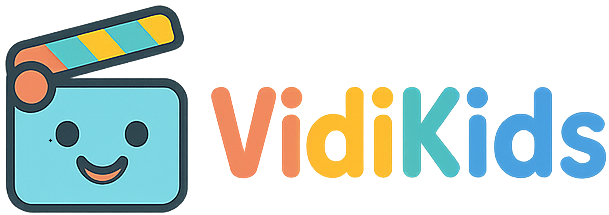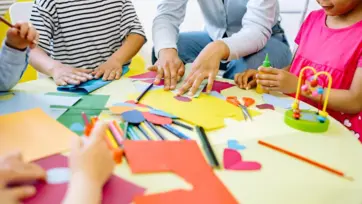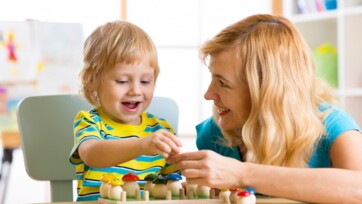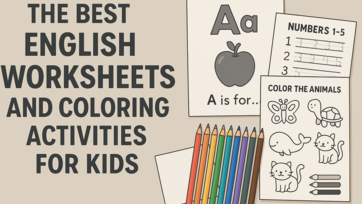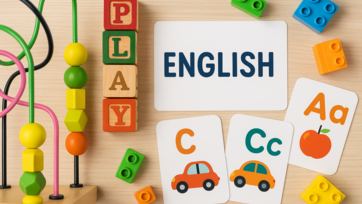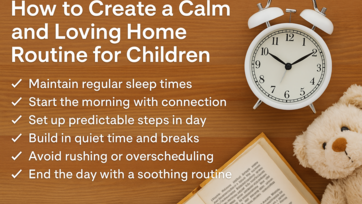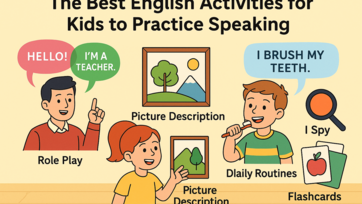n today’s fast-paced world, sparking creativity in children doesn’t require fancy toys or expensive kits. With imagination as the key ingredient and everyday items as materials, you can turn your home into a vibrant creative playground. Creativity isn’t just artistic—it nurtures problem-solving, language, confidence, and emotional well-being. Let’s explore 10 simple, cost-free ways to help children tap into their creative potential.

1. Turn Cardboard Boxes into Anything
What's needed? Empty boxes, scissors, markers.
Idea: Design rockets, houses, cars, or robots using pens and scraps. Kids can cut, color, and craft—imagining their play world.
Why it works: Cardboard promotes inventive thinking and engineering skills as children figure out how to build structures that stand or move.
2. Recycled Materials Art
What's needed? Bottle caps, paper scraps, old socks, toilet paper rolls, fabric pieces.
Idea: Create collages, puppets, or sculptures. A sock puppet needs eyes and glue; a collage might tell a story about nature or family.
Why it works: Repurposing everyday items encourages children to see value in what others might call trash and boosts resourcefulness Pexels+3Dreamstime+3Adobe Stock+3.
3. Nature Art: Using Items from Outside
What's needed? Leaves, stones, twigs, flowers, grass.
Idea: Make leaf rubbings, nature mandalas, or stick sculptures. Arrange natural items to tell a story—spreading a “forest scene” or animal shape.
Why it works: Blends creativity with sensory exploration, deepens appreciation of nature, and nurtures mindfulness Wikipedia.
4. Dress-Up & Role-Play
What's needed? Old clothes, scarves, hats.
Idea: Kids choose costumes and act out scenarios: chef, astronaut, gardener, superhero. Add props like cardboard signs or homemade badges.
Why it works: Role-play develops language, emotional regulation, and social skills—practicing narratives and problem-solving in character-led storytelling WikipediaWikipedia.
5. DIY Storytelling with Household Objects
What's needed? Toys, everyday objects (spoons, boxes, keys).
Idea: Assign roles (e.g., spoon = knight). Encourage telling a short story featuring household “characters.”
Why it works: Builds narrative thinking, boosts vocabulary and expressive language—imagination becomes the storyteller’s stage ThinkPsychWikipedia.
6. Homemade Musical Instruments
What's needed? Pots, spoons, containers, elastics.
Idea: Turn pots into drums, containers into shakers, rubber bands into guitars. Have a rhythm jam session using homemade instruments.
Why it works: Music fosters self-expression, physical coordination, and emotional processing—all while boosting creativity with sound exploration Wikipedia.
7. Story Dice from Paper
What's needed? Paper, pen, dice (or make them).
Idea: Draw six icons on paper dice, roll, and invent a story that links the icons—e.g., cat, tree, moon.
Why it works: Encourages improvisation, sequencing, and imaginative play. Rolling random prompts sparks fresh story ideas ThinkPsychWikipedia.
8. Shadow Puppet Theater
What's needed? A bedside lamp, hands or paper cutouts.
Idea: Create shadow puppets and rehearse short scenes—dinosaurs, etc. Let kids narrate and perform.
Why it works: Enhances storytelling, imagery, and confidence in performing. A creative stage using only shadows and imagination.
9. Free Play Time
What's needed? Unstructured time.
Idea: Let kids play freely—no instructions, no agenda. They’ll choose what to explore, building forts, drawing or role-playing by themselves.
Why it works: Unstructured (“free”) play is essential for cognitive, social, and emotional growth. It fosters innovation and choice WikipediaWikipedia.
10. Art Prompt Jar
What's needed? Paper scraps, jar, pen.
Idea: Write prompts like "draw a secret garden" or "invent a new animal." Pull one and create artwork or a story based on the prompt.
Why it works: Promotes divergent thinking—kids must interpret the prompt in their own way, unlocking self-expression and imaginative exploration.
Why this Approach Matters
Creativity is more than fun—it’s fundamental to growth. According to experts, creative activities foster empathy, resilience, problem-solving, fine motor skills, and self-esteem The Times of India+10ThinkPsych+10Wikipedia+10. Whether through painting, role-play, or improvised storytelling, kids develop vital emotional and intellectual capacities.
Tips for Parents
-
Offer encouragement, not perfection. Praise ideas, not just the result.
-
Join the fun. Creative play is more inviting when adults participate.
-
Rotate prompts weekly. Keeps activities fresh and anticipation high.
-
Allow mess. Creativity can be messy—embrace it and keep a drop cloth ready.
-
Display creations. Hang artwork on fridge or walls to celebrate creativity.
Sample Weekly Creativity Plan
-
Monday: Box rockets + storytelling
-
Tuesday: Nature mandalas
-
Wednesday: Sock puppets show
-
Thursday: Household orchestra
-
Friday: Shadow theater stories
-
Weekend: Free play & prompt jar creations
This simple structure balances guided creativity with independence—perfect for maintaining interest without feeling rigid.
Final Thoughts
You don’t need to spend money to spark creativity at home. Everyday items and imagination are all it takes to create a world of discovery. Encouraging kids to build, invent, create, and pretend supports emotional, cognitive, and social development—while building fond memories. When children feel free to create, they learn confidence, resourcefulness, and the sheer joy of self-expression.
Try one of these ideas today and watch creativity come alive at home—no shopping required!
; ?>